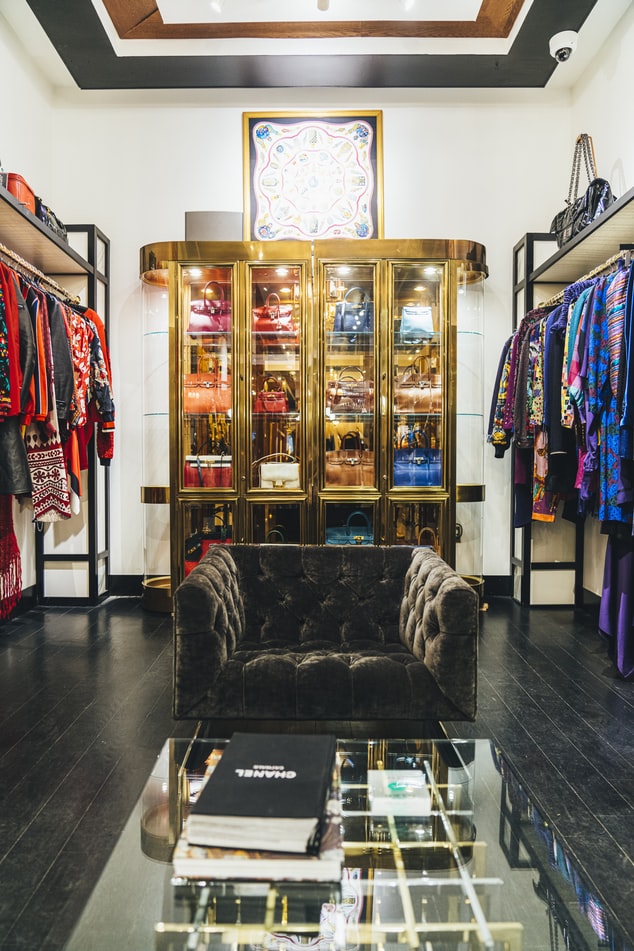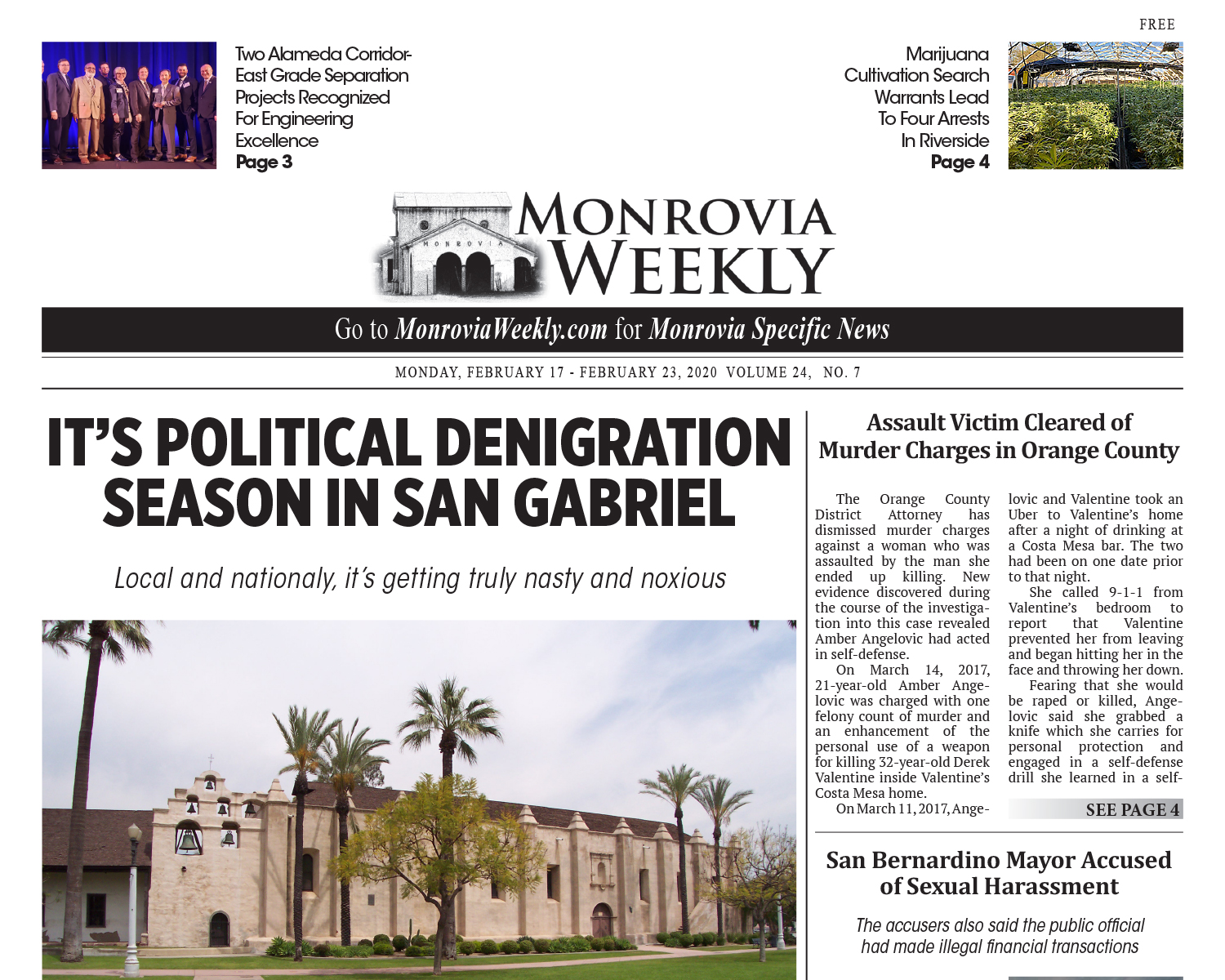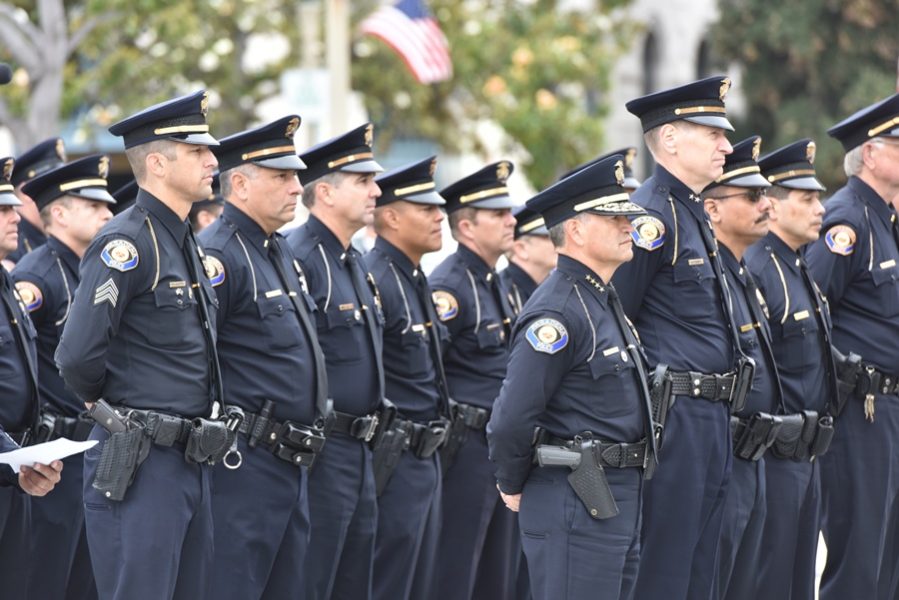By Nemanja Marinkoff
Sure, Millennials and Generation Z people are still young but soon they will account for over 50% of shoppers, especially luxury shoppers around the world. So, what can brands do in order to get on Millennial and Gen Z’s good side? The answer lies in accessibility.
In order to be comprehensive to new generations and new cultural groupings, brands need to redefine the way they present themselves to customers. The key is a more open, relaxed and accessible attitude that will resonate with Millennials and Gen Z who are very political, aware, diverse and ready to destroy the status quo at any moment. Here’s how these two generations are pushing brands to be more accessible and why.

Inclusivity is key
Have you heard of Louis Vuitton x Supreme collaboration? Manolo Blahnik x Veterments? What about Jimmy Choo x Off-White? Yes, you probably did, because their collabs are flourishing and are stapled all over Instagram. These luxury and streetwear mixes are a true hit among Millennials. Why? Well, they make luxury brands more accessible and more “human” for consumers who are looking to forget all about that “you can’t sit with us” attitude of the past. Inclusivity is modern and brands can also feel the effects. For instance, thanks to collaborations, traditional luxury brands can get a modern edge which will make them popular once again. Plus, brand awareness is simply sky-rocketing activating a whole new generation of luxury customers.

People want authenticity
Supreme is one of the biggest names in fashion today, but they have very humble beginnings. What started as a local skate shop is now a brand with a “must-collaborate-with” label. Supreme collaborated with everyone in business today — from Vans to Nike and Louis Vuitton — and each collaboration started new hypes for their products that usually sell out right away. Every move Supreme did made it closer to younger consumers who want community (sense of belonging) and most of all, authenticity. With its limited release style and versatile collaborations, Supreme became an iconic brand among new generations.

Minimalism is also big today
Millennials and Gen Z are two of the most eco-conscious generations to date, so satisfying their desire to be better and do better is what brought us this huge minimalist boom. Minimalism was once reserved for certain “quirky” elite, but today, it’s practiced by everyone from students to young families. Since minimalism became more accessible, brands have been trying to get the piece of this minimalist cake, so we can see many brands producing items, especially jewelry, that’s luxurious yet simple, light and more natural. For instance, lux jewelry changed its look from bulky pieces to smaller yet equally beautiful items perfect for all trendy yet minimalist consumers.

Social media rules marketing
The biggest thing that happened to consumerism in the past decade or so is social media, especially Instagram. It’s both a social channel and a wide shopping and marketing platform that opened up a world of luxury to people who never even see an issue of Vogue. Actually, almost all luxury brand interaction today is happening on Instagram. This way, social media took the power away from editors and gave it to the people, democratizing luxury.

Accessible stores win the day
While brands like Gucci are winning digital marketing, they also have a huge presence in real life. Their stores are far from sterile and boring interiors of the past. Gucci chose a more eclectic approach that encourages exploration and filled the stores with friendly staff, which together create a very “inclusive” and “approachable” feel. Thanks to these strategies, the brand reported a huge growth of about 45% in 2018 alone. Still, Gucci managed to stay true to their luxurious past even though they adopted a more modern approach to openness. This is only one example that shows how these accessible strategies attract Millennials and Gen Z users.

Death of heritage is upon us
The truth is that Millennials and Gen Z don’t really care about the brand heritage, but concentrate more on all the ways a certain brand interacts with the present situation. So-called “bastardization” of brands is something younger users are attracted to, because it shows that brands are able to break their stuffy chains and transform into something new customers want, making them more accessible. For instance, Tiffany & Co. completely vandalized its brand. TiffanyBlue champagne did pay homage to its roots, mainly the iconic Breakfast at Tiffany’s movie, but it completely turned it on its head. The champagne video shows Elle Fanning in a hoodie and jeans (not the iconic LBD) dancing to a trap version of Moon River. That’s much more Millennial and Gen Z style!
Today’s generations can see through all that “high-horse” talk, so brands will be much better off if they took a more down-to-earth approach so that everyone can access their products. And don’t think accessible luxury can’t be luxurious. With limited editions and unexpected collaborations, luxury just took a new shape beloved by Millennials and Gen Z consumers all over the world.






